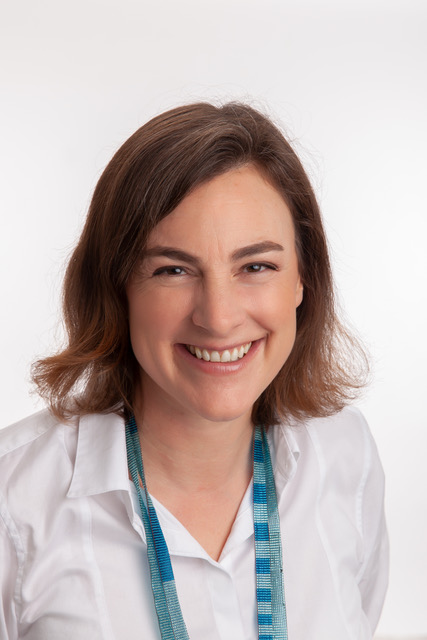 My first remit was to complete the B Corporation Impact assessment. B Corporation is one of many certifications that companies can work towards that sends a signal to customers, employees, suppliers and investors that a company is working with environmental and social objectives as part of its mission and core values. B Corporation has rapidly become “the” certificate to go for as it has such a rigorous verification process and also requires companies to amend their company objectives with the following:
My first remit was to complete the B Corporation Impact assessment. B Corporation is one of many certifications that companies can work towards that sends a signal to customers, employees, suppliers and investors that a company is working with environmental and social objectives as part of its mission and core values. B Corporation has rapidly become “the” certificate to go for as it has such a rigorous verification process and also requires companies to amend their company objectives with the following:
“The company shall have a material positive impact on society and the environment, taken as a whole, through its business and operations”.
Completing the lengthy questionnaire was not as arduous as I first thought it would be, perhaps because Vivent is still a small company and because its main product PhytlSigns’ raison d’être is to support more sustainable agriculture. The assessment covers five areas: governance, workers, community, environment, and customers. In each of these areas, policy documents[1] needed to be developed which had not yet come into existence due to Vivent’s youth. The process of producing the policies was an important one of reflection on the values and mission of the company. The questionnaire is designed so that you can set goals for fulfilling more of B Corp’s objectives, with a date in the future up to a year away. The more objectives you meet, the higher the company’s score, the more attractive you are. Our current score is 91.7 (80 to pass, 160 is the highest score).
In addition, B Corp have developed a tool called the SDG Action Manager which is integrated into the B Corp assessment platform. It’s a comprehensive questionnaire broken into 17 sections for each of the Sustainable Development Goals. Vivent is working towards an impressive 11 of the 17 goals[2]. Here again we have set objectives so that we can raise our score above 47%. We can do this by setting KPIs for Green House Gas emissions, water consumption and biodiversity, amongst other things, especially as regards our customers’ activities and our suppliers. We are fortunate that the offices at IUCN are exceptionally green which gives us a headstart in measuring our impacts at “home”.
[1] These will be visible in the employee handbook (another output of the B Corp assessment) and eventually on the website.
GOAL 3: Good Health and Well-being
GOAL 6: Clean Water and Sanitation
GOAL 8: Decent Work and Economic Growth
GOAL 9: Industry, Innovation and Infrastructure
GOAL 11: Sustainable Cities and Communities
GOAL 12: Responsible Consumption and Production

